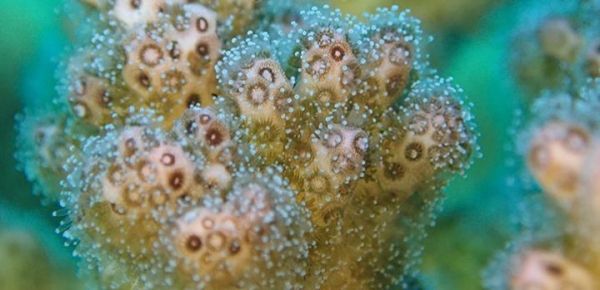The sequencing of the genome of the cauliflower coral, Pocillopora verrucosa, by an international team, provides a resource that scientists can use to study how corals have adapted to different environmental conditions.
The cauliflower coral, also known as brush or lace coral, is one of the most popular corals in research because it is found throughout the Red Sea, the Indian Ocean and the Pacific Ocean. “Having the genome will help us understand the genetic basis underlying the species’ adaptation to different environmental conditions,” says Carol Buitrago-López, a Ph.D. student supervised by Christian R. Voolstra, “which might shine light on how corals could respond to global warming.”
Buitrago-López was seeking a sequenced cauliflower coral genome for use in population genomics studies of corals throughout the Red Sea. The habitat gradient in the Red Sea waters means corals have adapted or acclimated to different conditions, such as variation in temperature, salinity and nutrients. After researchers compared populations to identify sites in the genome linked with these adaptations, the next step was to determine what those differences meant. A reference genome is invaluable in this process. “It’s very helpful to know where specific genes are or to be able figure out which genes are under selection,” says Buitrago-López.
Read more at: King Abdullah University of Science & Technology
KAUST researchers compared populations of cauliflower corals to identify sites in the genome linked with adaptations. (Photo Credit: © 2020 KAUST; Hagan Gegner)


